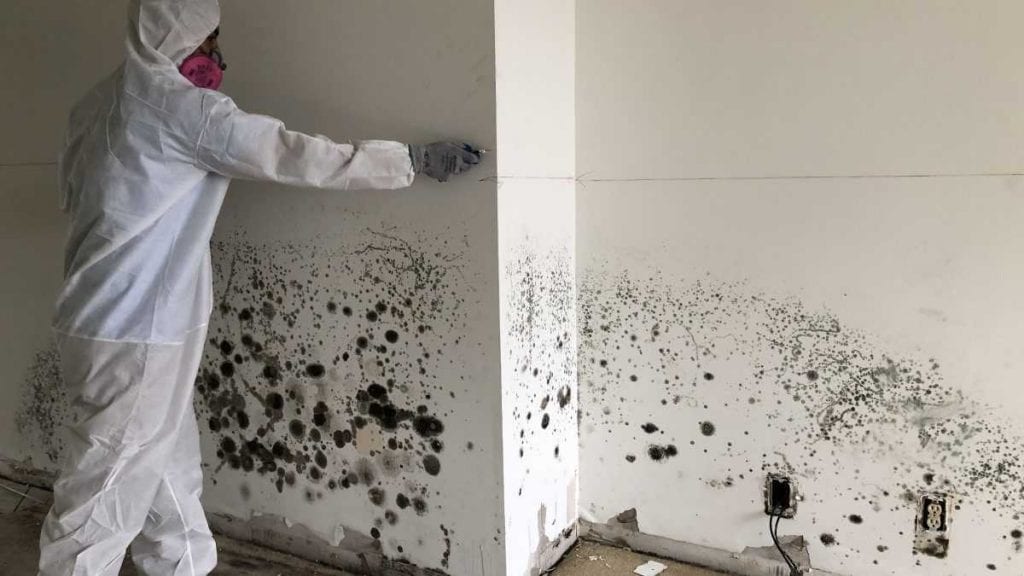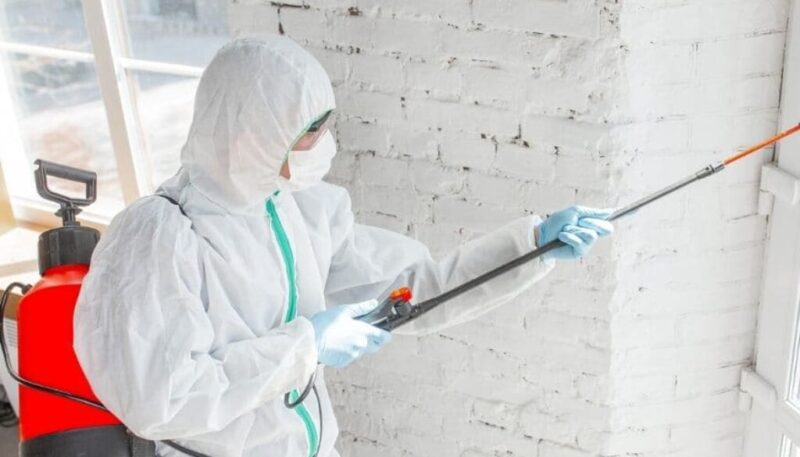Mold—a silent intruder lurking in damp corners and hidden spaces—poses a threat not just to our homes but to our health. It can invade walls and ceilings, cover surfaces with unsightly patches, and release spores that trigger allergies and respiratory issues.
But fear not! In this comprehensive guide, we will explore the labyrinth of mold removal, cutting through the noise to discover what truly works and what simply doesn’t. From DIY solutions that promise quick fixes to professional interventions that delve deep into the problem, this article is your go-to resource for understanding the best strategies for effective mold eradication.
Whether youre facing a small, manageable patch or a large, overwhelming infestation, arming yourself with the right knowledge is crucial. So, roll up your sleeves as we embark on this journey to reclaim your space from the clutches of mold!
Identifying Mold: Signs You Need to Act
Identifying mold in your home can be a critical step toward maintaining not just the integrity of your living space but also your health. Look closely for signs such as musty odors, which cling to the air, often hinting at hidden colonies lurking in damp corners. Discoloration on walls, ceilings, or floors—think flecks of green, black, or white—may suggest a mold presence that shouldnt be ignored.
Additionally, if you notice a sudden increase in allergy-like symptoms among your family members or persistent respiratory issues, it could be more than just seasonal shifts; it might be time to investigate further. Pay attention also to water damage, such as stains or bubbling paint, as these often serve as invitations for mold growth.
Acting early not only curtails potential damage but also protects your well-being, so don’t dismiss these indicators—they may be signaling that you need to act before the situation worsens.
The Health Risks of Mold Exposure

Mold exposure is not just an inconvenience; its a serious health threat that can manifest in various alarming ways. Many people may experience allergic reactions, from sniffles and sneezing to rashes and even more severe respiratory issues. In sensitive individuals, mold can trigger asthma attacks, leading to wheezing and difficulty breathing.
Prolonged exposure may escalate the risk of developing chronic lung conditions, while certain molds produce mycotoxins that can inflict neurological symptoms—from headaches and dizziness to cognitive impairments. Interestingly, those with compromised immune systems, such as the elderly and young children, are particularly vulnerable.
The pervasive nature of mold, lurking in dark, damp corners of our homes, underscores the urgency of addressing the problem promptly. Ignoring its presence could mean risking not only your health but also the well-being of loved ones.
The Mold Growth Process: Conditions That Encourage Mold

Mold thrives in environments where the conditions are just right—think damp, dark, and poorly ventilated spaces. When humidity levels climb above 60%, mold spores become more than just airborne particles; they become eager to colonize.
Basements, bathrooms, and kitchens often provide the perfect breeding ground, especially when leaks go unnoticed, or condensation builds up. Surfaces like wood, drywall, and fabrics are particularly susceptible, offering both moisture and nutrients for mold to feast upon.
Even the tiniest crack can serve as a portal for spores, allowing them to infiltrate homes and businesses. The relentless cycle continues as mold spreads, fueled by warmth and water, making awareness and proactive measures essential for maintaining a mold-free environment.
Conclusion

In conclusion, effectively tackling mold removal requires a comprehensive understanding of the various methods available and their relative efficacy. From DIY solutions to professional interventions, the right approach largely depends on the severity of the infestation and the specific conditions of the affected area.
Engaging in thorough mold inspection, such as those offered by specialists in mold inspection in Tampa, can be invaluable in identifying hidden mold and assessing the extent of the problem. By combining knowledge with proper techniques, homeowners can ensure a cleaner, safer living environment, ultimately safeguarding their health and property.
Remember, taking prompt action is crucial in preventing mold from becoming a larger issue in the future.


